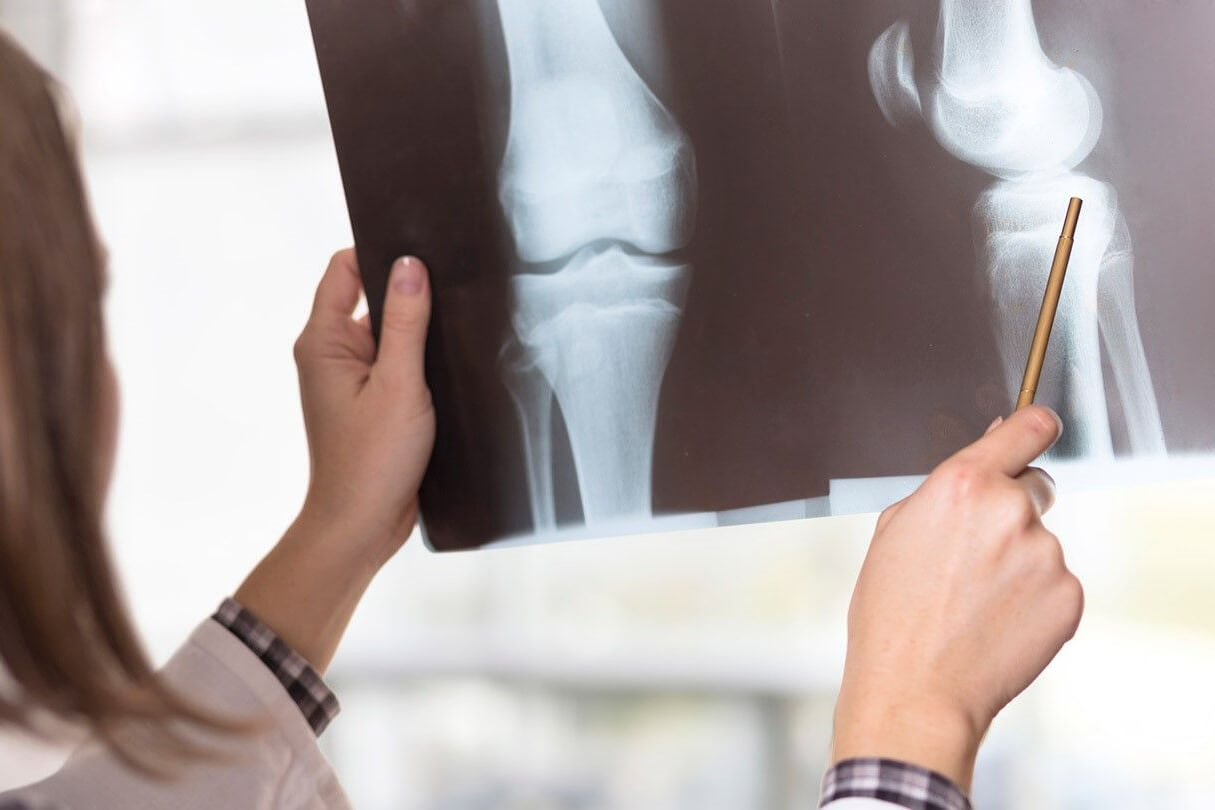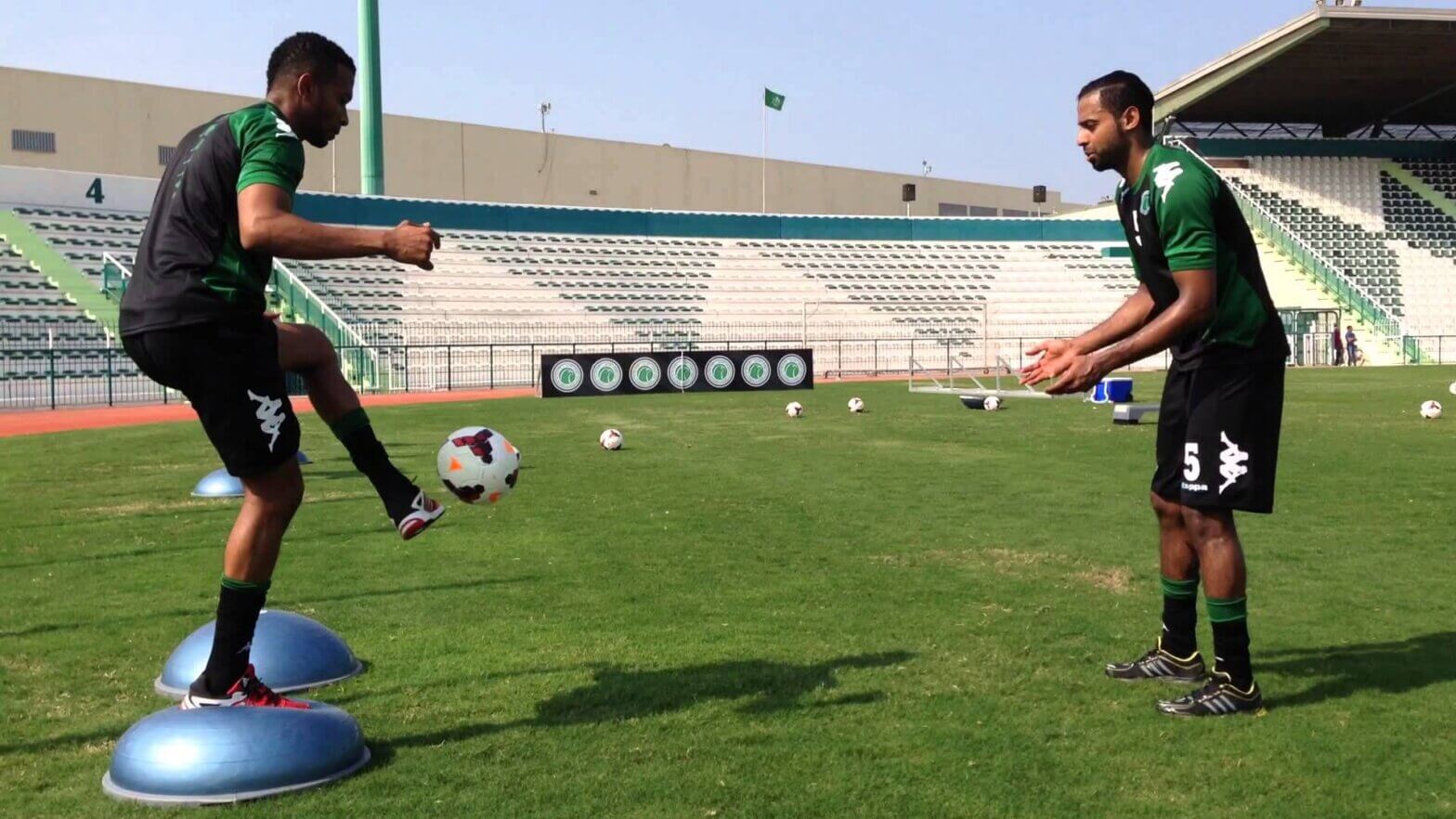1. Ice and Elevation After Activity
After engaging in physical activity, swelling and irritation of the joint structures of the knee can occur. This can cause sensations of stiffness, worsening of pain and general discomfort. By applying ice to the knees and elevating them above the level of the heart, you can reduce this swelling and some of the symptoms associated with it.
2. Use Movement to Alleviate Stiffness
With osteoarthritis, it is common to experience joint stiffness in the morning for approximately 30-minutes. This is caused by changes in the joint structures throughout the night in addition to tightness of muscles around the joint. Performing knee flexion and extension active range of motion exercises can help to promote synovial fluid circulation in the joint and provide a warm up for the muscles around the knee to improve their extensibility. This is helpful both in the mornings and after sitting for a long period of time.
3. Strengthen Around the Knee
In order to navigate stairs, perform sit to stand transfers, walk for prolonged periods, or engage in other activities of daily living, it is important that the musculature around the knee is strong. The quadriceps, hamstrings, and gastrocnemius all cross the knee joint and therefore have some responsibility for its function. The quadriceps extend the knee and play a key role in ascending and descending stairs. The hamstrings help to flex the knee and extend the hip with ambulation. The gastrocnemius plays a minor role in knee flexion but helps primarily to perform plantar flexion that occurs during gait and stair negotiation. Due to their vital roles in functional activity, strengthening these muscle groups is crucial in managing osteoarthritis of the knee.
4. Engage in Low-Impact Exercise
With osteoarthritis, it can be difficult to find a physical activity that is enjoyable and tolerable. Low-impact exercise is a great way to maintain your fitness without worsening your arthritis symptoms. This includes biking, swimming, elliptical training, rowing, and yoga, among others. Utilizing these forms of exercise can help to build or maintain strength, improve flexibility, and ensure adequate cardiorespiratory fitness.
5. Consider Physical Therapy
For many, osteoarthritis of the knee typically will lead to a total knee replacement. Physical therapy can help to maximize function and minimize pain to get the most out of your knees prior to needing surgery. While the wear of the articular cartilage in the joint cannot be repaired through physical therapy, changes can be made with regard to flexibility, strength, range of motion and balance. Making improvements in these areas can translate into improved abilities to perform stair negotiation, sit to stand transfers, gait, and other activities of daily living.
If you suffer from arthritic knee pain, physical therapy can help maximize your abilities. Call Respire Physical Therapy today at 703-671-1871 or click here to schedule an evaluation with a Physical Therapist today to get back to your favorite activities with less difficulty and pain.
Tags: ptworks, knee pain, health blog, pt education, knee osteoarthritis, Knee Arthritis, choosept, arlingtonva, alexandriava, Physical Therapy, fallschurchva, Respire Physical Therapy, knee replacement, physical therapist



